"In order to write about life first you must live it," is a quote by the late Hemingway himself. Not only did he quite literally live up to those words but his life was seemingly a never-ending adventure. It is arguably what made him charismatic as a man and an even larger-than-life figure during his time on earth.
It's also been said that after Ernest Hemingway, one either tried to write like Hemingway or one tried not to write like Hemingway. Such was the enormous impact on the craft of English letters by the late writer, and for his contribution, he was awarded the Nobel Prize in Literature in 1954. Many are first introduced to "Papa" and his work in middle school or high school with The Sun Also Rises, The Old Man and the Sea, or one of his numerous short stories, all of which are damn fine, to borrow his verbiage. While some of these titles are a century old, his books continue to influence and inspire in the present. But there are many more Ernest Hemingway books that he wrote or was writing that, while overshadowed by the titans of his canon, are nevertheless worth a read by more than just the die-hard fan.
We've compiled a list of the absolute 10 best Hemingway books that, in our eyes, round out a thorough reading list for any aspiring acolyte. Lists are, by their nature, subjective, and they only become more so when one cares deeply about the subject. But while you may not want to run with the bulls in Spain, work as a game warden in Kenya, or marry four different women (really), Hemingway's work inspires adventure and sacrifice. So, regardless of which one you decide to start with, there is no better time to get to know one of the greatest American authors to have ever lived and read up on the best Hemingway books.










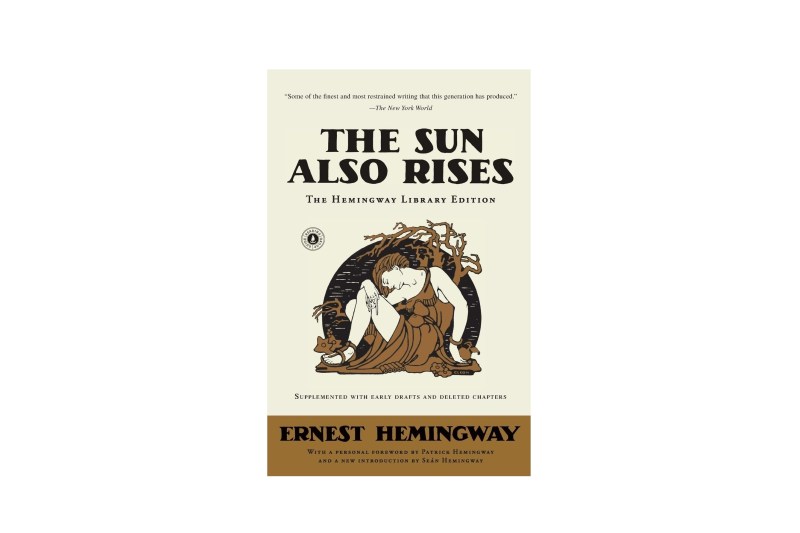
The Sun Also Rises
In her book Everybody Behaves Badly, author Lesley M. M. Blume recounts the events of Hemingway's days in Paris and then in Spain, which would inspire The Sun Also Rises. While not technically his first novel — he published an ill-received satire of the late Sherwood Anderson that even now stumps critics — Sun should, for all intents and purposes, be considered his debut. And what a debut. It displays the writer's keen ear for dialogue as well as the sparse nature of his description and narrative.
And while there were certainly other places that Americans lived and played, it came to summarize an entire generation to the point that its epigraph, a quote attributed to the writer Gertrude Stein, coined it the "Lost Generation." Protagonist Jake Barnes is the quintessential Hemingway character: Competent, confident, and yet doomed to unfulfillment. The book is lively and engrossing, and it belongs at the top of any essential Hemingway reading list.

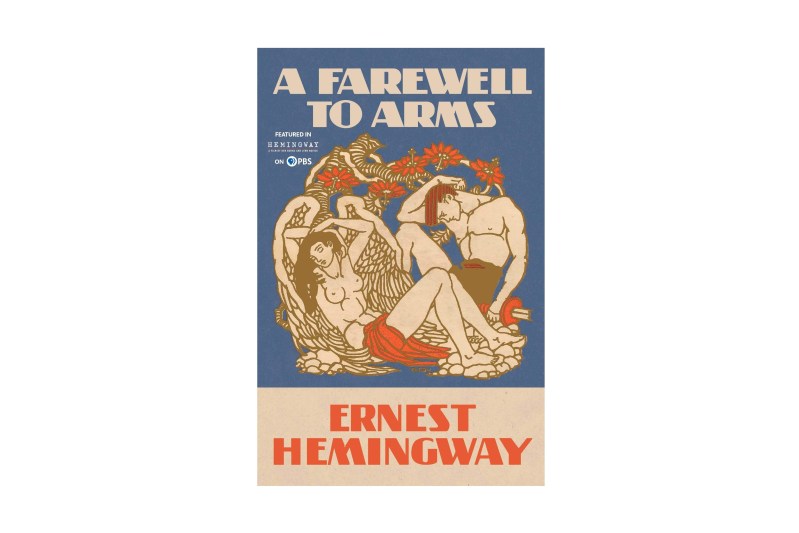
A Farewell to Arms by Ernest Hemingway
Approach your first Hemingway novel without fear and trembling. Arms, published in 1929, was the writer's sophomore effort, and it follows an AWOL American soldier serving in the Italian army and his Florence Nightingale-style nurse as they flee the Great War. It's got daring escapes, Alpine skiing, and a tragic ending, and it also borrows from the author's own autobiography, though greatly embellished and adapted. Its place as one of the most important works on World War I cannot be diminished, but it also represents a more confident writer, coming off a win, stretching his literary and fictional muscles.
In short, don't call it a comeback. It's been made and remade and remade again into movies, and if there ever were a Hemingway book that might be considered a beach read (although admittedly it's still filled with gravitas), this is it. Pack it next to your towel and sunscreen.

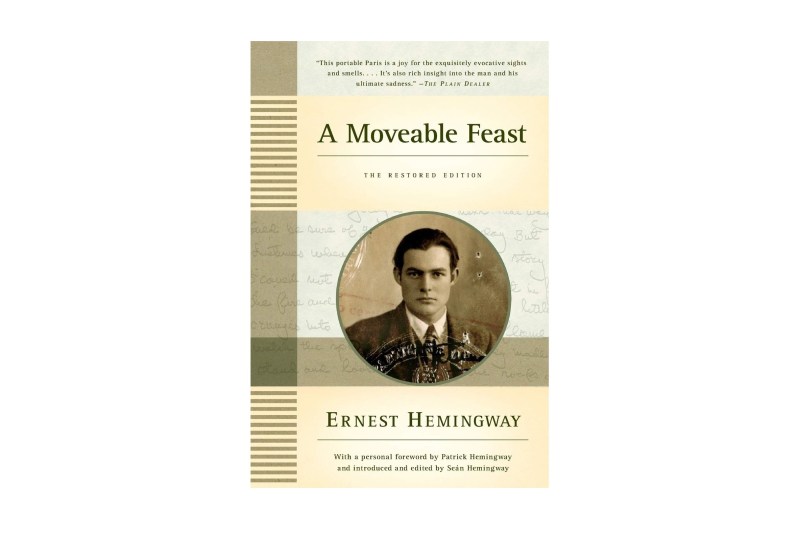
A Moveable Feast by Ernest Hemingway
Published posthumously from an unfinished manuscript, A Moveable Feast invites readers to imagine what it might have become with the final touches by the master. Regardless, it's perfect in its own way as a memoir of Hemingway's early days in Paris. Again, you can read of Hemingway deep-sea fishing and hunting German U-Boats and stalking big game in Africa. But before all this, before Hemingway was Hemingway, he was a young man burning with desire and working on his craft.
The book also acts as a time capsule for 1920s Paris, which, from Woody Allen to others, is imbued with its own magic. Are all the stories true? One can only guess. But if they are, F. Scott Fitzgerald showed Hemingway his hog in a restaurant bathroom.

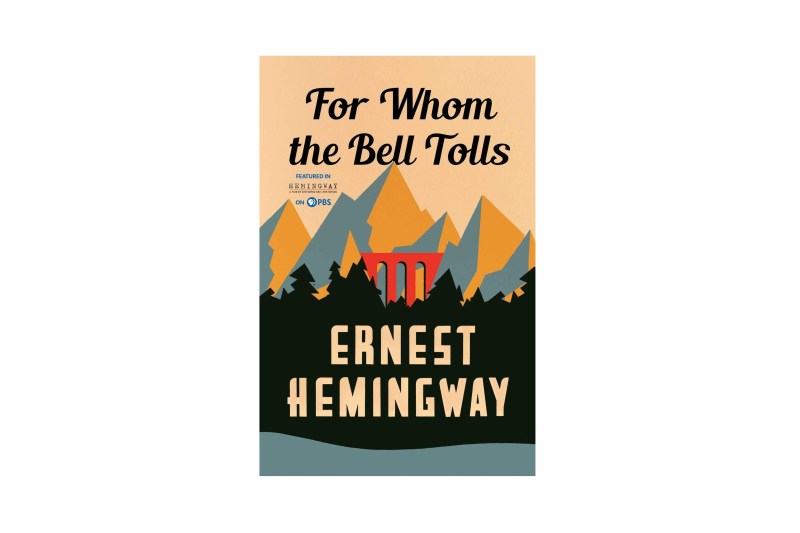
For Whom the Bell Tolls by Ernest Hemingway
Many mistakenly believe Hemingway to be a war veteran, but in reality, the closest he came to combat was being insignificantly wounded while volunteering as a Red Cross ambulance driver during the First World War. However lacking in firsthand experience, he would continue to revisit mortal conflict in both his fiction and his nonfiction.
Like another book later in this list, Bell does have some basis in reality. It was researched by Hem himself while working as a war correspondent during the Spanish Civil War and going behind enemy lines to meet a man very much like his protagonist, Robert Jordan. The theme of one man against long odds not only betrays the writer's admiration for the trait but also for the cause itself, and he, like the late photographer Robert Capa and many others, deeply sympathized with the Second Spanish Republic's doomed fight against fascism. Its antagonists would prove a durable enemy, as the rise of the Nazi Germans during World War II would play a role in both Hemingway's own life and in that of his fiction.


The Old Man and The Sea by Ernest Hemingway
When you first read this book, you were much too young. Back then, you were worried about getting an A on your essay and where you would go to college and who you would ask to prom. This time around, don't search for themes or ponder the significance of colors — as Hemingway himself said, the sea is just the sea, the sharks are just sharks, and, "All the symbolism that people say is shit." Let the plight of the old fisherman, who finds his once-in-a-lifetime marlin torn to nothing, echo around your head.
Know that it was Hemingway's last novel published in his lifetime, and enjoy that finality. Praised by just above everyone from critics to competitors, it was viewed by Hemingway himself as his finest work. It's a short book, and one that appears in many all-time novel lists (despite the fact that it's technically a novella). But as a reintroduction to Hemingway, there are few of his works that require as little a commitment, nor are there many that will stay with you as long.


Three Stories and Ten Poems
An obscure book, and small, Poems represents one of the author's first triumphs. It was Hemingway's first published book, which had been his burning desire that sustained him through years of privation and practice. Its title is also indicative of his initial efforts: Hemingway would never again publish or write poetry, but in those heady days of youth, when anything was possible, he explored every possible direction.
While the poetry itself may be forgettable, this small collection also includes several notable short stories, including the very fine (and often anthologized) "Up in Michigan." No man emerges without striving, and for this reason alone, Poems belongs on any ambitious man's bookshelf.

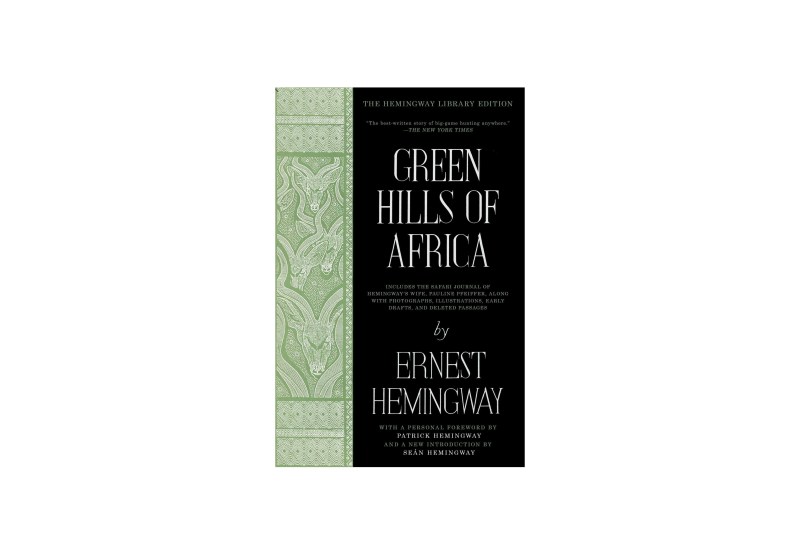
Green Hills of Africa
When one examines Hemingway's life, it's almost as if the man had crafted a checklist of the most remote places in the world, which would offer the greatest adventures, and then moved there for a spell. Such is the backstory of Hills, which chronicles his real-world adventures hunting in East Africa. Like others on this list, it provides a snapshot of scenes that are no longer available, or, if available, are not wanted.
His hunting expeditions show him discovering the rich, unsullied lands and their fat herds, but it also hints at the trouble to come with overhunting and scarcity of resources. Anthropological in nature, this book is essential travel reading for those fans of the genre.

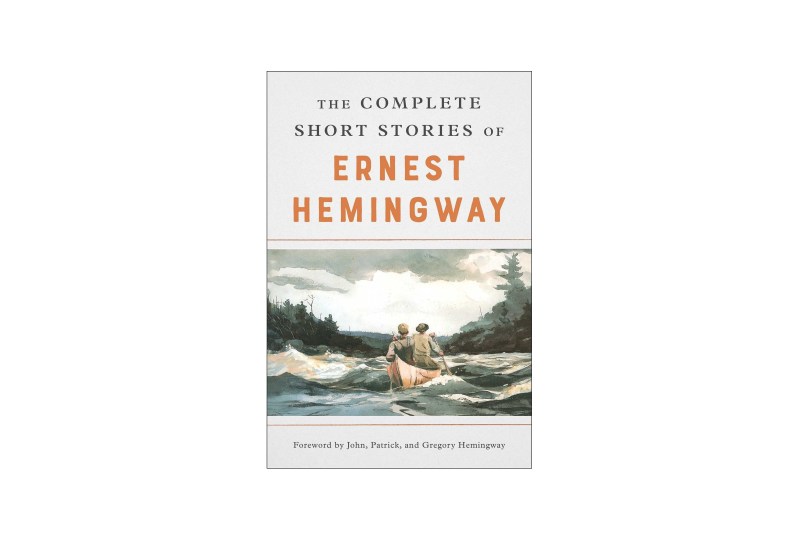
The Complete Short Stories of Ernest Hemingway: The Finca Vigia Edition
This is, admittedly, a mouse-killer of an edition, a massive book that only the most die-hard fans will make it through. But don't think of it as some kind of drudgery. Rather, think of Hemingway's short stories like episodes of a television series. You can read one or five, put it down, and come back two weeks later, picking up right where you left off. Hemingway began his fiction life as a short-story writer, and he is arguably one of the masters of the form.
Relish these, which are assembled from all of his published collections. While the names of these past volumes may not mean much to you now, you've doubtless stumbled onto some of their stories over the course of your scholastic life, including "Hills Like White Elephants," "The Snows of Kilimanjaro," "The Killers," and others. Think of it as an accompaniment to that photo book you have on your coffee table: Pick it up at your leisure.


Death in the Afternoon
A book considered seminal in the history of bullfighting, Hemingway dives deep into its culture and roots, as well as his own firsthand experience. (Hint: Even for such a bold man, the writer is humbled when faced with the power of a young cow.) Running with the bulls in Pamplona is something many men desire in order to test their mettle, but this tome is fascinating as a kind of pet project for the author.
Hemingway, as some may guess through some of his other works, revered and adored the bullfighting culture, and it responded by loving him back. Elevating it to both poetry and religion, he was given unfettered access to explain it for the first time in his own words, and as such, it belongs among some of the best sport-that-transcends-sports writing ever assembled.

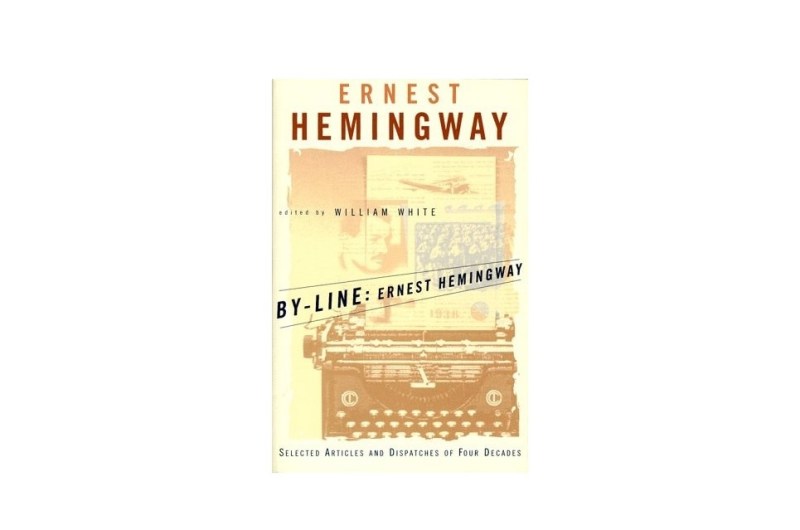
By-Line: Ernest Hemingway
Those new to Hemingway might believe that he sprung fully formed onto the literary landscape, but the reality is that he hustled. Before he was a famed novelist, he was essentially a freelance writer, working on assignment for newspapers around the U.S. while often living abroad. But even with this seeming drudgery, Hemingway had that je ne sais quoi in his copy, and his editors and readers alike felt it.
By-Line collects 77 of his nonfiction newspaper dispatches, and they have the same appeal as his fiction. Granted, this may be too in the weeds for some, but for any young man slogging his guts out for minimal pay and yet still fueled by a dream, this book gives courage and fortitude to stay the course.

Frequently Asked Questions
We recommend starting with The Sun Also Rises – the first book listed above. It is Hemingway's first major novel and is a classic of American literature. It’s a beautifully written and moving story about a group of disillusioned expatriates in Paris and Spain in the aftermath of World War I. The book has complex and well-developed characters, and the story explores themes of love, loss, and disillusionment.
The Sun Also Rises is also a good introduction to Hemingway's writing style. He is known for his simple, direct prose and his focus on character and dialogue. The novel is relatively short and easy to read, but it is also a thought-provoking and rewarding read.
Whether you're a seasoned aficionado at reading Hemingway or just getting started with his legendary works, these are the essential books that define the iconic American author and are the novels every enthusiast should read. As Hemingway liked to mention, "there is no friend as loyal as a book."




